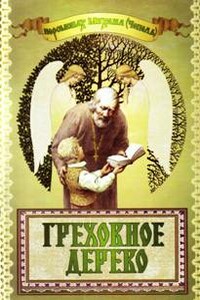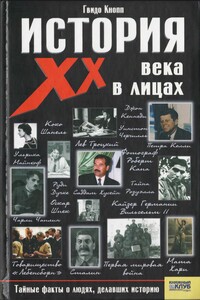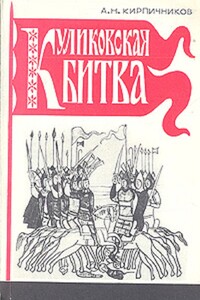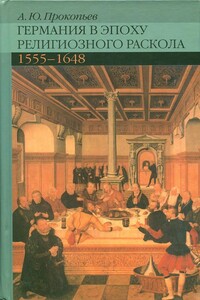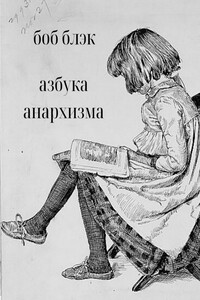Православная миссия в Таиланде в 1999-2014 гг. | страница 58
Conclusion
In 1999-2014 there was the formation of the structure of the Representation of the Russian Orthodox Church in Thailand. From a parish virtually unrecognized by the state that did not have its own building, it has grown to a network of parishes and a monastery; was granted with land for the organization of the Orthodox cemetery, and began to have a spiritual impact on the life of neighboring Cambodia. The construction of the Orthodox churches and the monastery was connected with difficulties of not only financial, but also of a legal nature, however, there were solutions found.
Sunday schools and an Orthodox newspaper, Internet sites have appeared. Different people who helped the designated representative of the Russian Orthodox Church, the Archimandrite Oleg (Cherepanin) to expand the scope of the Orthodox mission in the Kingdom were involved in the activity of the Representation of the Russian Orthodox Church.
The recognition of the Representation by the state took a lot of time. A special role was played during the visit of the Metropolitan of Smolensk and Kaliningrad Kirill to Southeast Asia in 2001. The difficulties, connected with the fact,that according to the laws of Thailand Orthodoxy was not recognized as a separate branch of Christianity as a separate branch of Christianity have been overcome. There were established good relations with other denominations operating on the territory of the Kingdom. The forms of cooperation with government structures began to be determined. Among them is the cooperation with local police, for which the Archimandrite Oleg (Cherepanin) was awarded for participation in the project “Pattaya community safety”.
The modern Orthodox mission in Thailand affects both the Russian-speaking population and Thais. For many representatives of the Russian-speaking population their adherence to Orthodoxy was not only religious, but also a national identity in a foreign country, the opportunity not to lose touch with Russian culture for both themselves and their children. A certain missionary importance has the assistance that the Representative, in spite of their own difficulties, rendered to the people in a critical situation coming into the country from Russia.
The success of the mission among the Thai people contributed to the respect for their culture and tradition, which distinguishes the identity of the Archimandrite Oleg (Cherepanin). It should be understood that the quantitative indicators of this mission may not be impressive: it is connected with the peculiarities of perception of the world by the Thais who believe that all religions are “unique”, and the transition from the religious tradition in which you were raised into another religion, is a kind of betrayal. At the same time, the first Thai priest – Archpriest Daniel Vanna appeared. Some inhabitants in South-East Asia are trained at the St. Petersburg theological Seminary. The second generation of the Orthodox Thais begin to accept Baptism during these years, that is, the children of those who consciously were baptized in their time by themselves.
